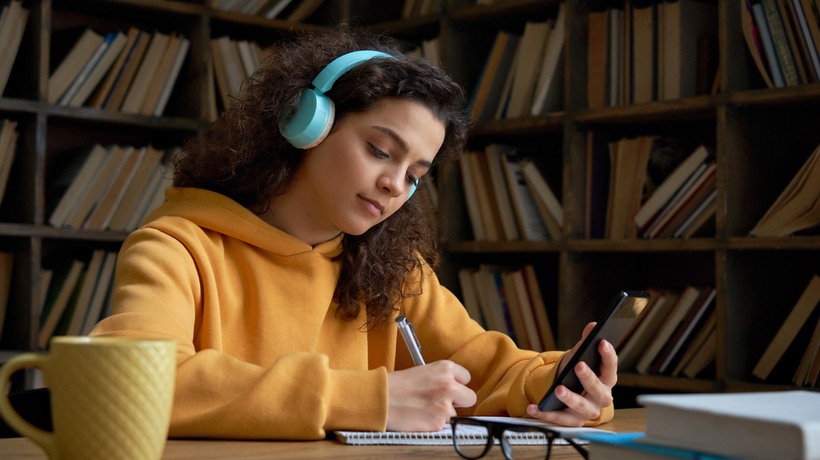The Success Of Online Classrooms In Three Steps
Now, with everyone having at least a bit of experience with online learning, it is a prudent time to engage in thinking deeply about the aspects of the traditional classroom that could be maintained in online classrooms.
The Traditional Classroom
The traditional classroom enforces many things, but most pronounced is the use of a blackboard (whiteboard or smartboard), adequate spacing to establish small student groups, live discussions, and one-on-one teacher interactions. The spread of COVID-19 became a worldwide issue and many experienced the challenges of online learning. The majority of the teacher population was simply not ready. Some may argue that the majority of students were already proficient in using online tools from simply being a part of the technology generation (Gen Zs are commonly used to technology). However, education should be equitable, considering the needs of all. Therefore, all students (proficient or non-proficient with using technology) should be planned for, and all instructors (ready or not) can improve their instruction.
In this article, we will examine how aspects of the traditional classroom can be maintained in an online setting. Let us look at the three easiest things an instructor can do:
1. Use The Features In The Learning Management System (LMS)
For higher education, Blackboard, Blackboard Collaborate, Moodle, and Canvas were common LMSs available to instructors prior to the pandemic. The common mode of delivery is presenting a lesson using PowerPoint. When it comes to the delivery of that lesson, instructors can advise the students to use the drawing tool and the text box to match terms, complete sentences, or even circle important terminology. As the students were used to doing this in a traditional setting, it can be entertaining for students to do so in an online class. While the classroom size is a concern, it is important to note that having students use a different text color may provide the necessary distinction. For high school teachers, an LMS may not necessarily be provided, but using Pear Deck (a technological tool to transfer your slides to the students' device) can suffice. With Pear Deck, teachers have the ability to make all or some slides interactive, and students may respond from their devices. The cool thing is the responses may be displayed anonymously on the teacher's screen.
2. Use Breakout Rooms Strategically
Like many other things, the effectiveness of breakout rooms depends on how they are used. Will students be productive? Perhaps. We could say some students were not productive when sitting in a teacher's presence. But let us think about how we can enforce accountability. As with assignments, there should be a moment prior to breaking out for explaining “the charge.” Let’s face it! Students listen and then make a determination of what to do. How many times did we skip a task if there was no one checking? Perhaps if students are asked to assign roles in their rooms, for instance, a chair, timekeeper, reporter, etc., then their presence may be demanded. As with the traditional setting, instructors are encouraged to visit each breakout room to commend good form or provide support. Then, students should be clear that there will be a way to show the outcome, and a share-out may be ideal. Having a share-out protocol is the most effective way of measuring success in the rooms.
3. Provide Sufficient Resources
We may not realize that students view their instructors as the most resourceful aspect of their courses. Even with textbooks, videos, and PowerPoints, they depend on us to connect the dots. It is imperative to make the course syllabus more detailed and even provide a topical outline. At any time, students should feel competent to do their work, and these ideas can help. If live links can be provided in these documents, the task becomes even easier. Other examples include sample projects, templates, and guides. One way to provide these resources is to create a resource hub. Some common names may include “The Additional Document Folder,” “Course Supplementals,” or “Do More, Learn More.”
How Effective Can Online Classrooms Be?
Given the instances of comparison and the uncertainty over when COVID-19 will be completely behind us, an intentional effort is required to make online classrooms effective. The change starts with developing the right mindsets. For the teacher, the online teaching mindset, and for the student, the online learner mindset. There can be many other creative ways to restore the learning space, but first, let us see if we can master these three.








